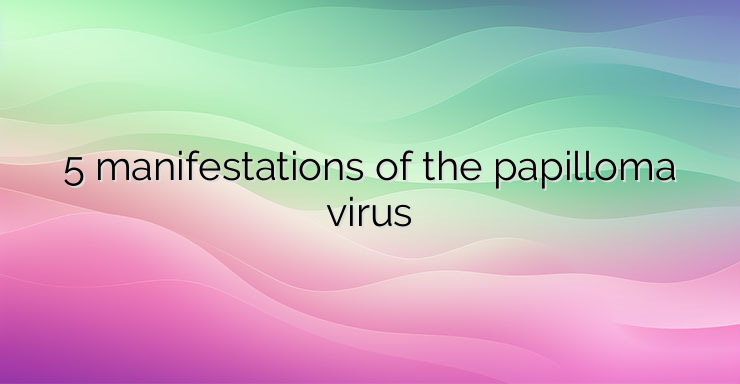The Impact of Papilloma Viruses on Your Health: What You Need to Know
Papilloma viruses, the sneaky troublemakers that they are, can affect various organs in your body. With over 70 different species lurking around, each with its own unique DNA, they’re a diverse bunch. But here’s the kicker: they’re not just spread through sexual contact, as many people think. Nope, they can also hitch a ride through contact with a mucous membrane or infected skin. And get this, they can even pass from mother to child during childbirth. Sneaky, right?
Warts: Annoying, But Not So Dangerous
Let’s talk about warts for a minute. You might think they’re just harmless little bumps, but they’re caused by certain types of HPV, namely 1, 2, 3, and 4. These pesky growths can pop up on your skin and often get mistaken for moles. But unlike moles, warts are skin-colored and have a bumpy, uneven surface. While they’re not considered dangerous, they can be a real nuisance, especially if they’re in a visible spot or messing with your smooth skin vibes.
Condylomas: Unwanted Guests in Intimate Places
Now, onto condylomas. These are caused by HPV 6 or 11 and like to set up camp on your genitalia. Yep, we’re talking about your privates here. In men, they typically show up on the head of the penis or the foreskin, while in women, they hang out on the labia. But they’re not picky; they can also show up around the anus or even in your mouth. These little buggers are small, protruding growths that can vary in size and appearance. Sometimes they’re obvious, other times they’re so tiny you can barely see them. Either way, they’re not the kind of guests you want sticking around.
Bowenoid Papulosis: The Middle Child of Skin Conditions
Ever heard of Bowenoid papulosis? It’s like the awkward middle child between genital warts and Bowen’s disease. You’ll find these warty formations mainly on the genitals, hanging out on the labia for women and the head of the penis for men. They’re flat plaques that come in all sorts of colors: white, pink, even yellowish. But don’t let their innocent appearance fool you. They’re caused by HPV 16, 18, 31, and 33, and in some cases, they can turn into skin cancer. Yikes.
Bowen’s Disease: When Things Get Serious
If Bowen’s disease sounds serious, that’s because it is. This condition, caused by HPV 16, 18, 31, 33, 35, and 45, shows up as a moist plaque on the skin of the penis. It’s got defined edges and a velvety surface, and it’s usually bright red, like a warning sign. Oh, and here’s the scary part: it can turn into cancer. Yeah, not something you want to mess around with.
Cervical Cancer: Every Woman’s Nightmare
Now, let’s talk about the big one: cervical cancer. HPV types 16 and 18 are the culprits here, causing changes in the cervical epithelium that can lead to cancer. And here’s the kicker: you might not even know you have it until it’s too late. That’s because it often doesn’t show any symptoms until it’s progressed to the later stages. Sneaky, right? But it’s not just 16 and 18 you have to worry about. Types 31, 33, 35, and 39 can also cause cervical cancer, making it even more important to stay on top of your health.
Conclusion: Don’t Underestimate the Power of Papilloma Viruses
So, what’s the takeaway here? Well, papilloma viruses may seem harmless at first, but they can wreak havoc on your health if you’re not careful. From annoying warts to serious conditions like cervical cancer, they’re not something to take lightly. The good news is, there are ways to protect yourself, like getting vaccinated and practicing safe sex. So, don’t ignore the warning signs, and make sure you’re taking care of yourself. Your health is too important to gamble with.


Leave a Reply